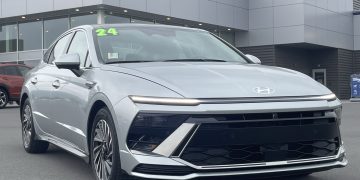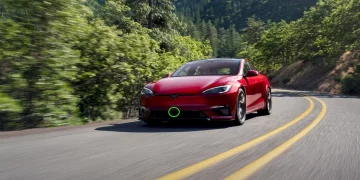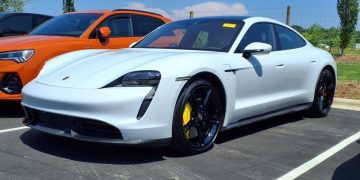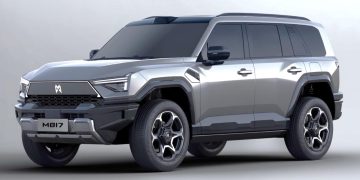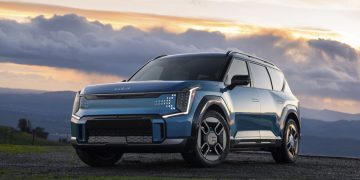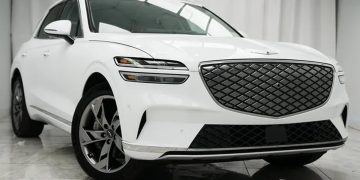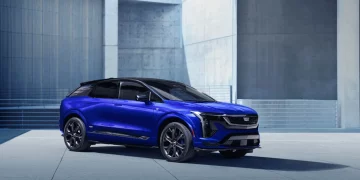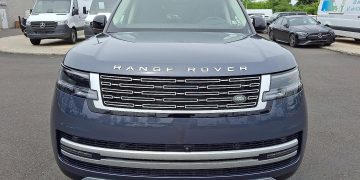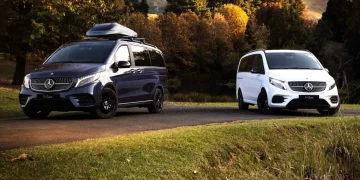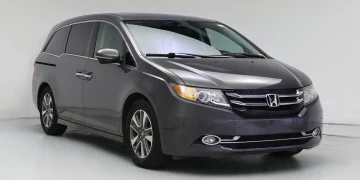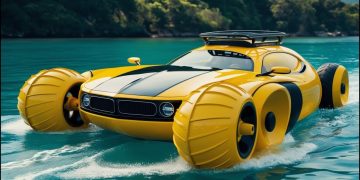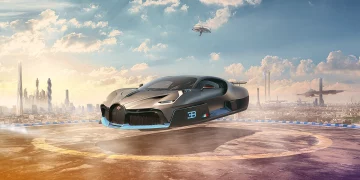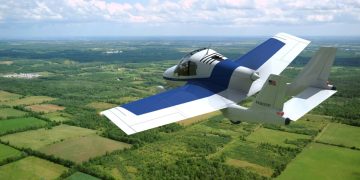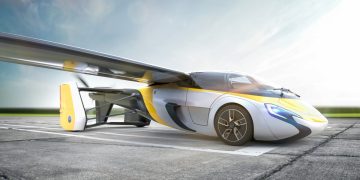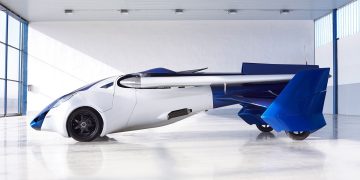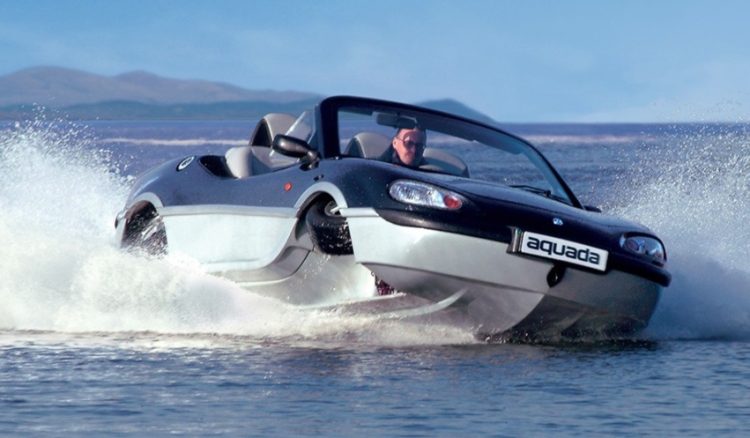Exploring the Future of Transportation: Special Vehicles, Amphibious Cars, and Flying Cars
Introduction: The Rise of Special Vehicles
Special vehicles have long captivated our imagination, offering solutions to challenges conventional vehicles cannot address. From amphibious cars that traverse land and water seamlessly to flying cars that promise to redefine urban mobility, these innovations push the boundaries of engineering and design. Once considered the realm of science fiction, these vehicles are now emerging as viable solutions for a variety of industries, including transportation, defense, recreation, and emergency services.
The journey of special vehicles is marked by innovation and ambition. This essay delves into the world of special vehicles, focusing on amphibious and flying cars, exploring their history, technological advancements, challenges, and their potential to revolutionize modern transportation.
The Evolution of Special Vehicles
From Necessity to Innovation
Special vehicles have historically been designed to address specific needs that traditional vehicles cannot meet. Their development often begins in specialized fields, such as military or rescue operations, where adaptability is critical.
1. Military Origins
• The concept of special vehicles first gained prominence during wartime. The introduction of tanks during World War I and amphibious vehicles like the DUKW in World War II highlighted their strategic importance.
• Vehicles capable of operating across diverse terrains offered tactical advantages, enabling forces to cross rivers, navigate deserts, and traverse rough terrain with ease.
2. Civilian Adaptations
• Post-war, some special vehicles transitioned into civilian use. For example, amphibious vehicles were adapted for recreational purposes, and all-terrain vehicles (ATVs) became popular among outdoor enthusiasts.
Modern Applications of Special Vehicles
Special vehicles now serve a broad range of purposes:
• Disaster Response: Amphibious and all-terrain vehicles are invaluable for rescue missions in flood-prone areas or during natural disasters.
• Recreation and Tourism: Adventure seekers use specialized vehicles for exploring remote regions, while amphibious vehicles are popular for guided tours in cities with waterways.
• Emerging Urban Mobility: Flying cars represent the next leap, aimed at reducing urban congestion and improving mobility.
Amphibious Vehicles: Bridging Land and Water
What Are Amphibious Vehicles?
Amphibious vehicles are capable of operating both on land and water, making them uniquely versatile. They are engineered with features like sealed hulls, retractable wheels, and water propulsion systems to facilitate smooth transitions between terrains.
Historical Development
1. Military Pioneers
• Early amphibious vehicles, such as the German Schwimmwagen and the American DUKW, were instrumental in wartime logistics and troop movements.
• These vehicles demonstrated the feasibility of designing machines that could operate effectively in both environments.
2. Civilian Adaptations
• In the 1960s, the Amphicar became one of the first commercially available amphibious cars, gaining popularity among enthusiasts despite its limited performance.
Modern Innovations
Today’s amphibious vehicles benefit from advancements in materials, propulsion systems, and design. Notable examples include:
• Gibbs Aquada: A high-performance amphibious car capable of reaching highway speeds on land and cruising at 30 knots on water.
• WaterCar Panther: A lightweight amphibious vehicle known for its speed and versatility, popular among recreational users.
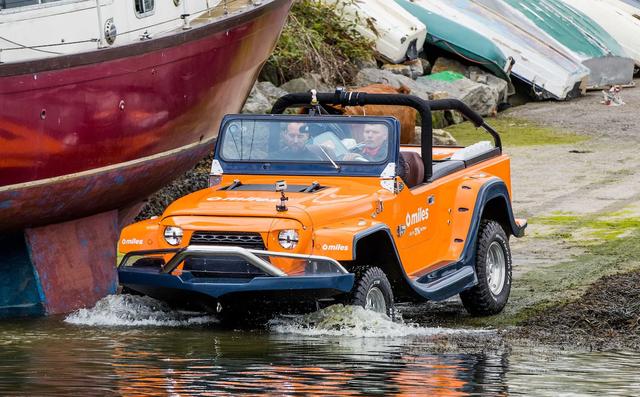
Applications and Use Cases
1. Military and Defense
• Amphibious assault vehicles are critical for troop transport and equipment delivery in regions with limited infrastructure.
• Modern designs emphasize stealth, speed, and durability.
2. Recreational and Commercial Use
• Amphibious vehicles are increasingly used for tourism, offering unique experiences on land and water.
• They also serve utility purposes, such as transporting goods in flood-affected areas.
Challenges in Design and Operation
1. Engineering Trade-offs
• Designing a vehicle that performs equally well on land and water requires compromises in speed, weight, and stability.
• Waterproofing and buoyancy must be balanced against aerodynamics and efficiency.
2. Regulatory Hurdles
• Amphibious vehicles must comply with safety and environmental standards for both road and water use, complicating the certification process.
Future Prospects
The future of amphibious vehicles lies in hybrid propulsion systems, autonomous navigation, and advanced materials. Researchers are also exploring modular designs that allow users to customize vehicles for specific tasks.
Flying Cars: A New Dimension of Mobility
What Are Flying Cars?
Flying cars combine the convenience of road vehicles with the vertical mobility of aircraft. Often categorized as eVTOL (electric vertical takeoff and landing) vehicles, they aim to revolutionize urban transportation by reducing congestion and travel times.
Historical Milestones
1. Early Concepts
• The idea of flying cars has been around since the mid-20th century, with prototypes like the Taylor Aerocar (1949) capturing public imagination.
• However, these early designs were limited by technological constraints, such as weight and propulsion inefficiencies.
2. Modern Advancements
• The advent of lightweight materials, efficient electric motors, and autonomous technologies has reignited interest in flying cars.
• Companies like Terrafugia, PAL-V, and Joby Aviation are at the forefront of developing commercially viable models.
Key Features of Modern Flying Cars
1. Electric Propulsion
• Most flying cars rely on electric motors for sustainability and reduced noise.
2. Autonomous Systems
• Advanced navigation systems enhance safety by reducing the reliance on human pilots.
3. Compact Design
• Foldable wings and compact structures allow flying cars to transition seamlessly between driving and flying modes.
Applications
1. Urban Air Mobility (UAM)
• Flying cars aim to alleviate urban congestion by providing an alternative to traditional commuting.
2. Emergency Services
• They can be used for rapid medical evacuations, disaster response, and supply delivery to inaccessible areas.
Challenges
1. Regulatory Barriers
• Airspace management, pilot licensing, and vehicle certification remain significant challenges.
2. Infrastructure Development
• A network of vertiports (vertical landing and takeoff pads) is essential for widespread adoption.
3. Public Acceptance
• Concerns about safety, noise pollution, and affordability must be addressed to build trust.
Future Prospects
The flying car industry is projected to grow exponentially, driven by investments from tech giants and transportation startups. Collaborative efforts among manufacturers, governments, and regulatory bodies will be critical to realizing this vision.
The Role of Sustainability
As special vehicles evolve, sustainability is becoming a focal point. Innovations include:
• Electric and Hybrid Systems: These reduce emissions and improve efficiency.
• Renewable Energy Integration: Solar panels and advanced batteries enhance sustainability.
• Recyclable Materials: Lightweight and eco-friendly materials are increasingly used in vehicle construction.
Conclusion: A New Era of Transportation
Special vehicles, including amphibious and flying cars, represent the future of transportation. By addressing challenges and embracing innovation, these vehicles have the potential to transform industries and redefine how we move through the world. As technology advances, they will play a pivotal role in shaping a more connected, efficient, and sustainable future.

